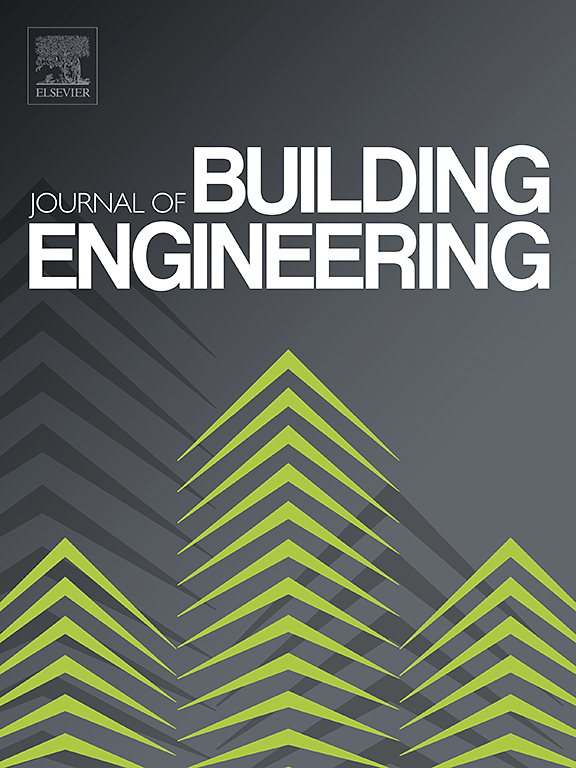New char-based insulation foam by mechanical mixing method and the impact of ingredient contents on its properties
IF 7.4
2区 工程技术
Q1 CONSTRUCTION & BUILDING TECHNOLOGY
引用次数: 0
Abstract
Developing new technologies and innovative materials for alternative usage of coal are highly demanding for supporting the coal industry. The development of high-value eco-friendly building materials from coal-derived products has the potential to contribute to this purpose. This paper presents the development of a new char-based insulation foam (CIF) incorporating coal-derived byproduct pyrolysis char (PC) and pulp industry byproduct lignin. The CIF is produced by adopting the mixing method through manual stirring and mechanical stirring at different stages of the fabrication process. The investigation focuses on optimizing the recipe for the CIF by exploring different ingredient compositions, including PC, lignin, solvents, and foaming agents. The goal is to achieve lower thermal conductivity and density while increasing the foaming ratio and compressive strength of the CIF. The measured thermal conductivity, compressive strength, foaming ratio, and bulk density of CIF with 10 % PC are about 0.06 W/m.K, 1200 kPa, 4.2 and 170 kg/m利用机械混合法生产新型炭基隔热泡沫及其成分含量对性能的影响
为煤炭的替代使用开发新技术和创新材料,是支持煤炭工业的高要求。利用煤炭衍生产品开发高价值的生态友好型建筑材料有望实现这一目标。本文介绍了一种新型炭基隔热泡沫(CIF)的开发情况,其中包含煤炭副产品热解炭(PC)和纸浆工业副产品木质素。CIF 是通过在制造过程的不同阶段采用手动搅拌和机械搅拌的混合方法生产出来的。调查的重点是通过探索不同的成分组成(包括 PC、木质素、溶剂和发泡剂)来优化 CIF 的配方。目标是在提高 CIF 发泡率和抗压强度的同时,降低导热系数和密度。经测量,含 10% PC 的 CIF 的导热系数、抗压强度、发泡比率和体积密度分别约为 0.06 W/m.K、1200 kPa、4.2 和 170 kg/m3。CIF 的这些性能与其他传统建筑保温产品(如聚氨酯、纤维保温材料、刨花板、聚合物复合材料和陶瓷玻璃泡沫)相当,甚至更好。特性分析表明,CIF 具有更高的热稳定性,表明其防火性能高于纯聚氨酯泡沫。这种 CIF 有潜力用作建筑外墙的隔热材料,以提高能源效率。
本文章由计算机程序翻译,如有差异,请以英文原文为准。
求助全文
约1分钟内获得全文
求助全文
来源期刊

Journal of building engineering
Engineering-Civil and Structural Engineering
CiteScore
10.00
自引率
12.50%
发文量
1901
审稿时长
35 days
期刊介绍:
The Journal of Building Engineering is an interdisciplinary journal that covers all aspects of science and technology concerned with the whole life cycle of the built environment; from the design phase through to construction, operation, performance, maintenance and its deterioration.
 求助内容:
求助内容: 应助结果提醒方式:
应助结果提醒方式:


